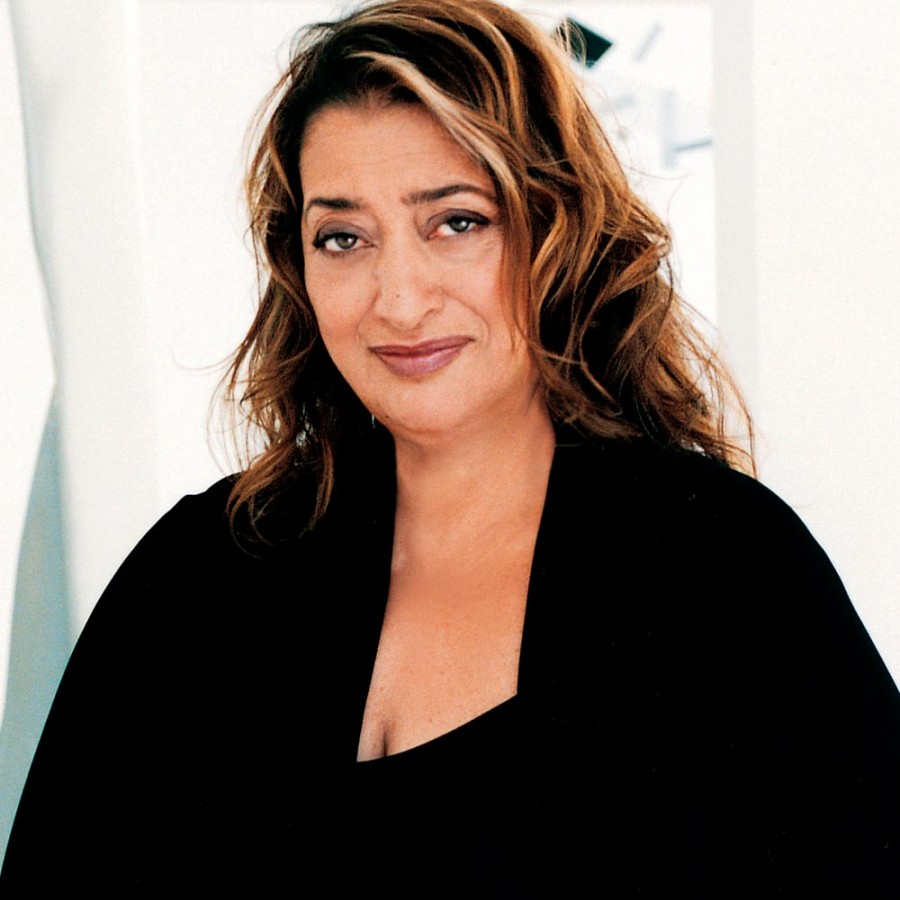Art & Design

Rationale:
Our Art and Design curriculum, at Peover Superior, is ambitious and inspires pupils to develop their artistic skills and knowledge and leaves them curious to find out more. We believe Art is an avenue for children to explore their curiosity, express themselves imaginatively, develop critical thinking skills, invent and craft works of art, develop an interest in great artists and develop skills: drawing, painting, working with colour, textiles, sculpting and creating ideas. Our aim is to have an engaging Art curriculum. Our curriculum inspires our children to be brave with colour, material and mediums to create high quality physical and visual art pieces. Through the curriculum our pupils will enjoy learning about great artists and critique their work to gain a deep understanding of different types of art. Our Art curriculum enables children to be creative and injects a love for art.



Intent:
The art and design curriculum is ambitious in the range of skills and techniques taught and delivered. Children will develop a broad skillset with sketchbook work being a continuous thread used from year 1. Children will also develop the vocabulary to critique art and use artistic terminology with confidence when talking about their own work, the work produced by peers and the work of established artists.
Our art and design curriculum is a spiral curriculum. Skills are revisited throughout Cycle A and Cycle B, and the use of ongoing sketchbook work underpins all the content.
The resources used in school are suitable for pupils of all abilities. With this in mind all children are introduced to a range of artists and designers.

Implementation:
Art and design lessons begin with a critical thinking question. This aims to get children thinking about the topic and skills they will be covering as well as introducing any new/key vocabulary. This will be followed by with a skill based warm up activity. The purpose of this is to revisit and apply previously taught skills. The role of the teacher is to introduce key skills, materials and ideas but ultimately allow pupils to explore their own creativity.
The art and design progression plan includes assessment questions to ignite reflective discussion during each lesson. The questions aim to promote dialogue about the success of the focus skills, possible ideas for further improvement and opportunities for children to reflect on the materials and techniques used.
Assessment questions provide teachers with an indicator of pupil confidence. Sketchbooks evidence progression of skills in all year groups.


Impact:
The approach to assessment is less formal than in core subject disciplines. In art and design, there is ongoing teacher assessment to ensure that the children are keeping up with the pace of the curriculum and achieving our goals.
We assess at the end of the Foundation Stage against the Early Learning Goal for Expressive Arts and Design. There is no published data for art and design in KS1 and KS2. The school tracks foundation subjects very broadly to ensure that pupils are working within the curriculum expectations for their year group.
Sketchbooks are key to capturing pupil work. Additionally, pupil work is displayed in communal areas as a wider public display of artwork is a critical part in the artistic process.



Artists of the Spring Term 2025:
Willow Class - Drawing & Painting
Sycamore Class - Georgia O'Keeffe: Drawing & Painting
:max_bytes(150000):strip_icc()/portrait-of-georgia-okeeffe--1887-1986----961785126-6b716761fecb4369bfbe2908c662b983.jpg)
Chestnut Class - Michelle Hughes: Printing

Oak Class - Zaha Hadid: Architecture


